Alpers Disease Life Expectancy
Alpers disease life expectancy. These syndromes affect tissue in the muscle liver or both the muscle and brain respectively. There is extreme variance in the prognosis of those with Alpers disease. The age at onset of Alpers-Huttenlocher syndrome is bimodal with a second peak onset between ages 17 and 24 years with a range of ages 10-27 years 26 27 28.
Period life tables estimate how many more years a group of people who are currently at a particular age any age from birth to 100 or more can expect to live if the mortality patterns in a given year remain the same over the rest of their lives. Life tables can also be used to compare how life expectancy has improved or declined over time. Alpers syndrome is a progressive neurologic disorder that begins during childhood and is complicated in many instances by serious liver disease.
It is characterized by lack of coordination of motor movement partial paralysis seizures and muscle twitching. Cardio-respiratory failure due to spinal cord brain and nerve involvement may also happen. People with the disease usually die within their first decade of life.
This answer is based on source information from the National Institute of Neurological Disorders and Stroke. Symptoms can be any combination of myopathic hepatopathic or encephalomyopathic. Alpers disease usually begins during early childhood usually indicated by seizures at any age between 3 months and 5 years.
The diagnosis of ALPS is based on clinical findings laboratory findings and identification of genetic mutations. Onset most commonly occurs between ages 2 and 4 years range 3 months to 8 years 5 20 25. About 80 percent of individuals with Alpers disease develop symptoms in the first two years of life and 20 percent develop symptoms between ages 2 and 25.
Severity rate of progression age of onset and many other factors determine this although life expectancy is. Most often Alpers syndrome is caused by mutations in the POLG gene. Medicines to control seizures are used.
Patients usually die within their first decade of life due to continuous unrelenting seizures or liver and cardio-respiratory failure. The condition is typically fatal in infancy and.
Patients usually die within their first decade of life due to continuous unrelenting seizures or liver and cardio-respiratory failure.
There is no cure of this disease. The condition is typically fatal in infancy and. About 80 percent of individuals with Alpers disease develop symptoms in the first two years of life and 20 percent develop symptoms between ages 2 and 25. Most individuals with Alpers disease do not show symptoms at birth and develop normally for weeks to years before the onset of symptoms. It is characterized by lack of coordination of motor movement partial paralysis seizures and muscle twitching. Children with Alpers syndrome are vulnerable to develop infections and low blood glucose which is treated accordingly. Symptoms Diagnosis. Such tests may include specialized imaging studies of the brain which may reveal degeneration of the outer portion cerebral cortex and in some cases other areas of the brain. Patients usually die within their first decade of life due to continuous unrelenting seizures or liver and cardio-respiratory failure.
Most individuals with Alpers disease do not show symptoms at birth and develop normally for weeks to years before the onset of symptoms. The typical age of onset is between 2 and 4 years of age but can range from 3 months to 36 years of age. Medicines to control seizures are used. These syndromes affect tissue in the muscle liver or both the muscle and brain respectively. It is usually diagnosed during infancy based upon a thorough clinical evaluation a detailed patient history and a variety of specialized tests. 48 linhas Alpers syndrome is a progressive neurologic disorder that begins during. Cardio-respiratory failure due to spinal cord brain and nerve involvement may also happen.




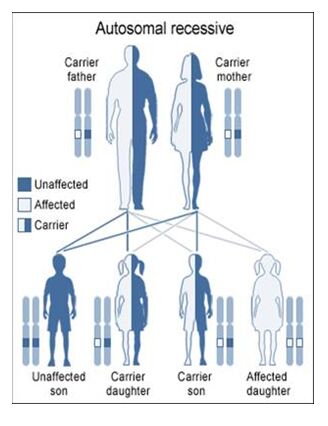








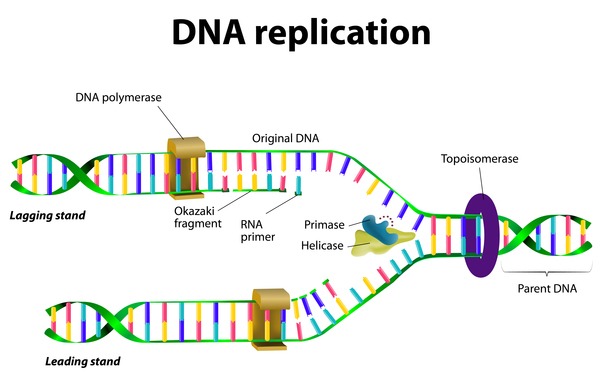
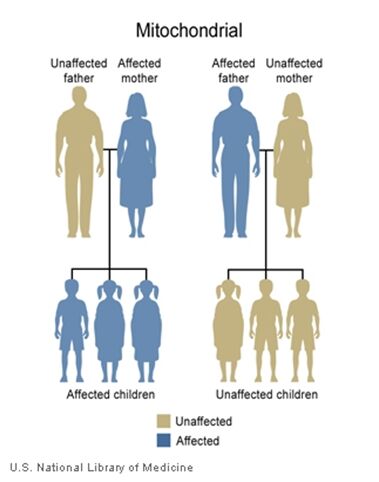



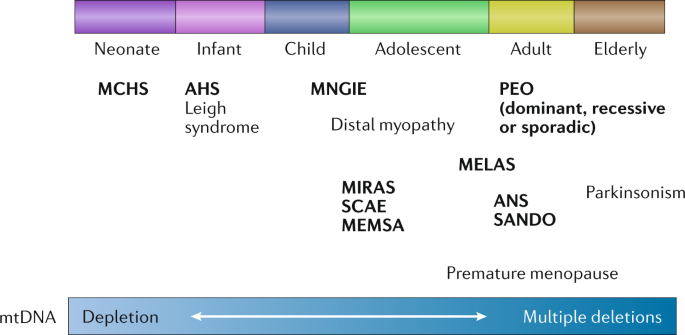







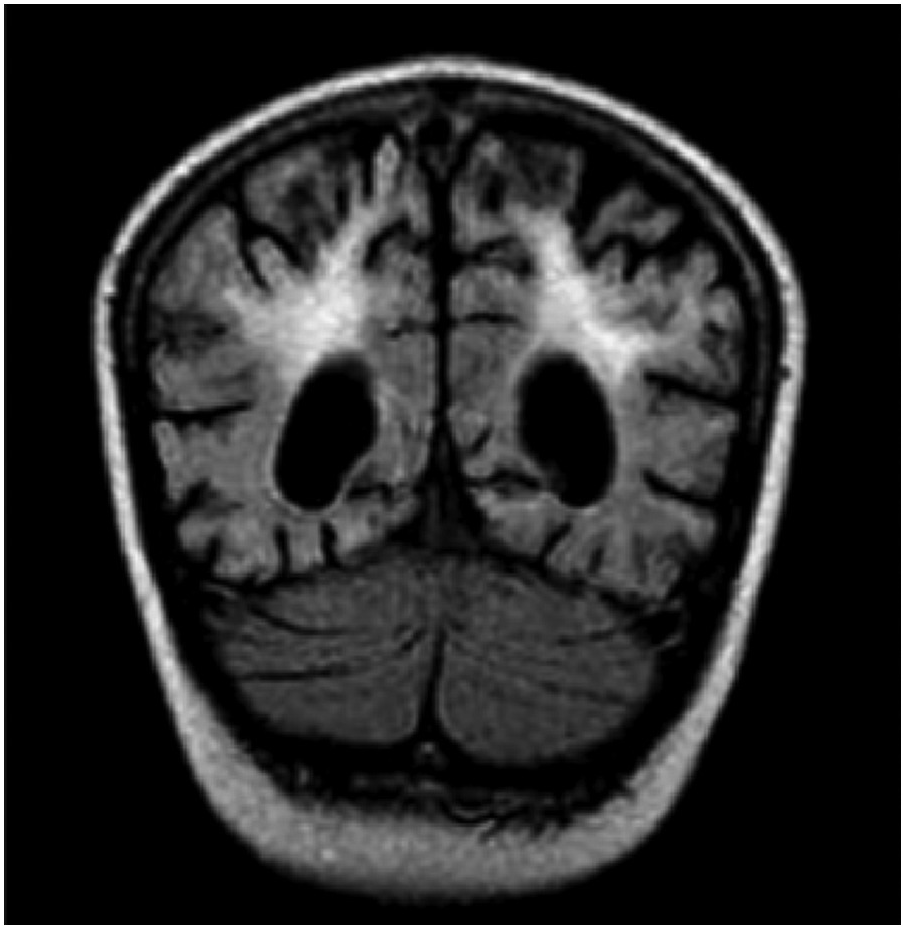



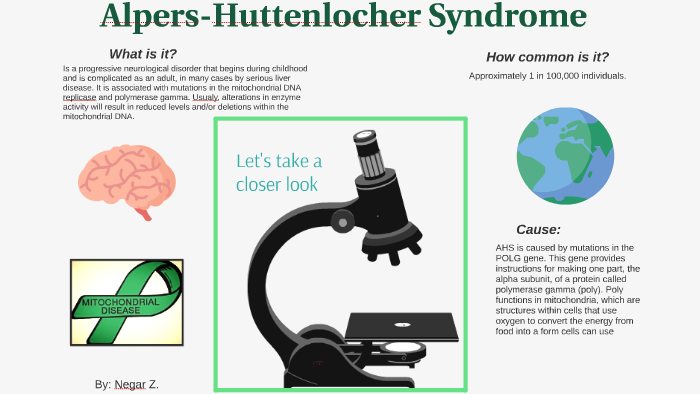




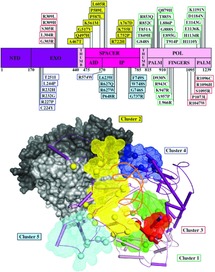


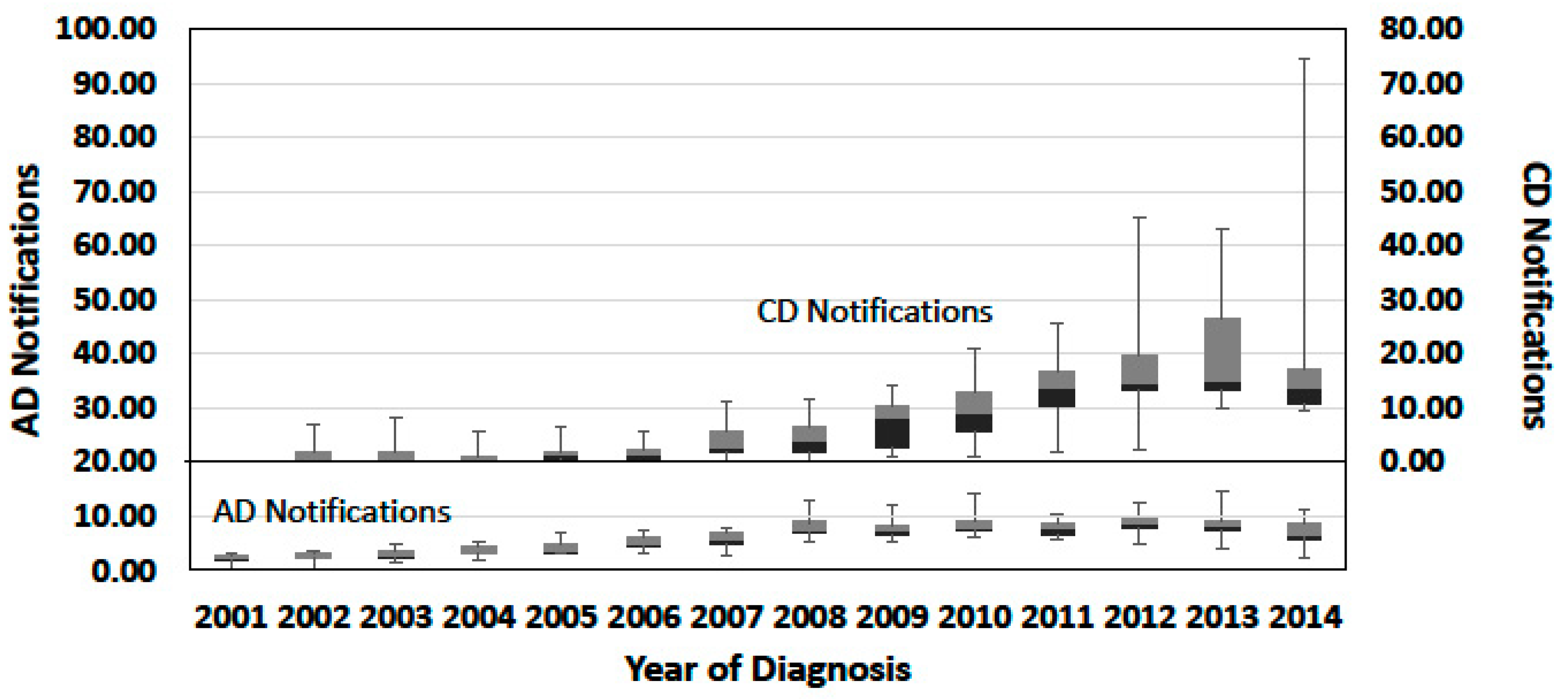

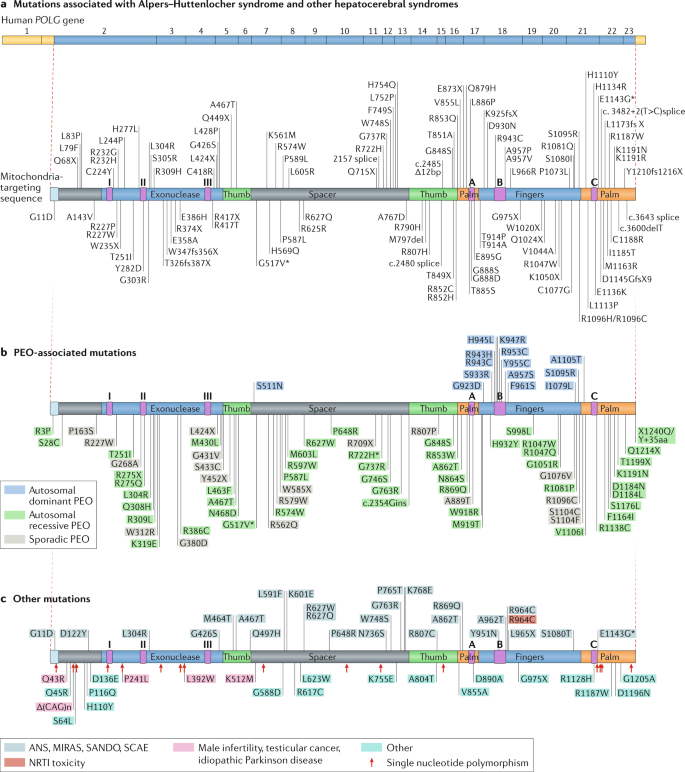


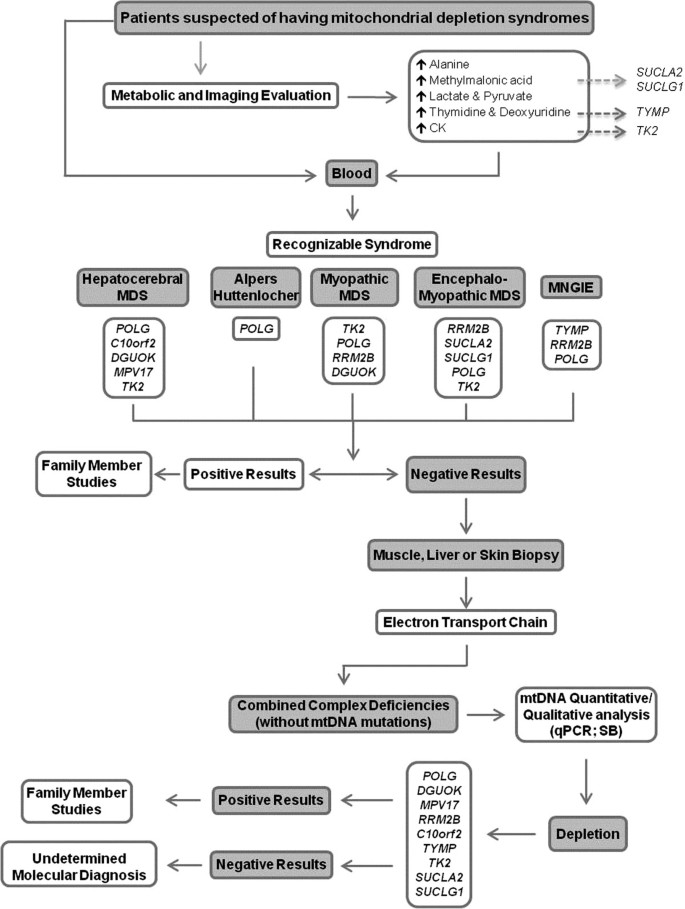

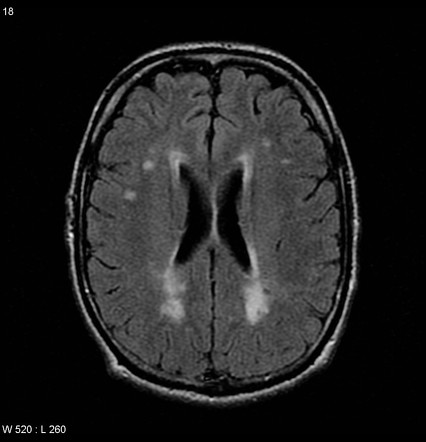
Posting Komentar untuk "Alpers Disease Life Expectancy"